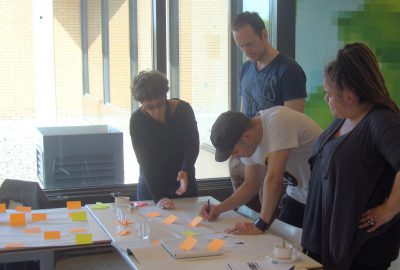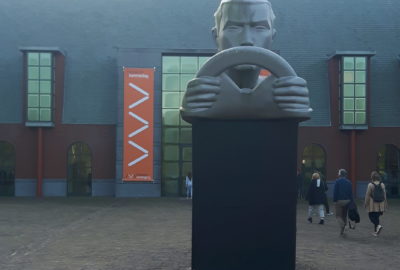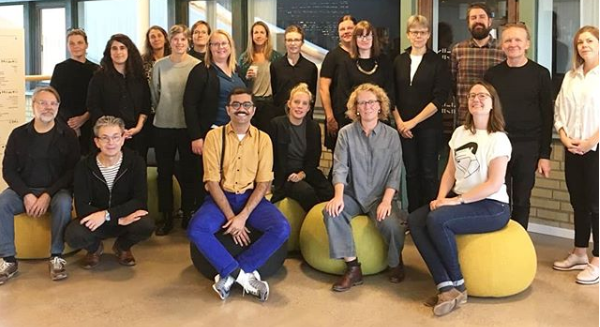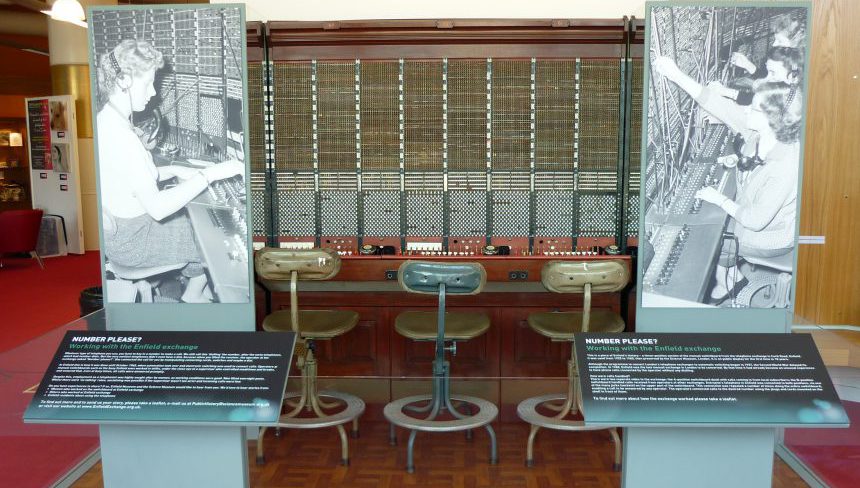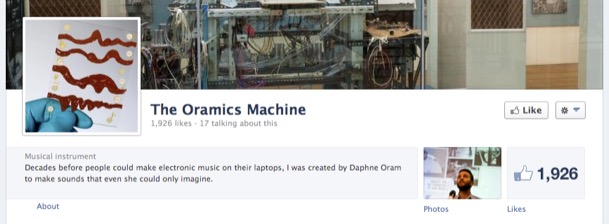By sharing our knowledge, we can strengthen and advance the museum community. At Muse – Mensen & musea we try to share our publications, whenever possible. If you are interested in one of our publications, but cannot acces it because of a paywall, please get in touch.
Publications:
Understanding Audience Participation through Positionaltiy – Agency, Authority and Urgency
Lorna Cruickshanks & Merel van der Vaart
This exploratory paper begins to unpack the impact of positionality on the rich diversity of collections-based participation that has developed among museums. It will look at this through three ideas: agency, authority, and urgency. By agency, we mean the influence that individuals inside or outside the museum hold, or are perceived to hold, in relation to collections. By authority, we mean the power and voice that comes with expertise, and the way knowledge around collections is understood and valued. By urgency, we also refer to the sense of accountability or responsibility assumed towards communities, and how important and essential collections-based participation work is perceived. After defining what we understand participation to be and introducing the idea of positionality, we will further define the concepts of agency, authority, and urgency in the context of collections-based participation. We will reflect upon how these concepts may differ for different disciplines and how this impacts how museum professionals, and in particular curatorial staff, engage with the concept of participation.
Developing Local Narratives for Objects in National Collections: Lessons Learned from the “Number Please? Working with the Enfield Exchange” Project
dr. Hilary Geoghegan, Kathleen McIlvenna & Merel van der Vaart
Museums of science, technology, and engineering are developing new ways of interpreting and displaying their collections. Increasingly objects are being placed within narratives of everyday use; the human side of technology. The focus of this article is a section of one of the last UK manual telephone switchboards, which was acquired by the Science Museum, London, following its decommissioning in 1960.This artifact offers a unique insight into a communication technology that relied extensively on female telephonists, a distinct way of understanding gender roles in the twentieth century. The authors explore strategies for developing local narratives for objects from national collections and reflect on lessons learned from a cross-institutional collaboration. This article highlights: the value of local historians,community events and oral histories to developing local narratives; how these activities informed understandings of the telephone switchboard; work life in the communications industry; the relationship between women and technology; and practical strategies that can enhance collections and museum practice through collaboration.
The Loupe: tangible augmented reality for learning to look at Ancient Greek art
dr. Areti Damala, dr. Eva Hornecker, Merel van der Vaart, Dick van Dijk & dr. Ian Ruthven
With the advent of digital museum interactives as a widely available learning offer in all types of museums, including history of art and archaeology museums, an ongoing debate has been established: Do these – usually screen-based – museum interactives assist visitors in focusing on museum objects and artefacts? Or do they distract and take away the attention from the real museum objects on display? We present the Loupe, a tangible Augmented Reality prototype in form of a magnifying lens, which allows museum visitors to get information in context about museum artefacts. We detail the design and content creation process that was employed in order to create a thematic tour for the Greek Gallery of Allard Pierson Museum in Amsterdam. An evaluation study with 22 adult participants was carried out, using both qualitative and quantitative evaluation methods, so as to explore the utility and usability of the Loupe as well its learning and affective impact. Our findings suggest that the acceptance of the Loupe as a museum interactive and learning resource, was related both with its qualities as a tangible as well as with the structure of the content and the narratives revealed.
Evaluating tangible and multisensory museum visiting experiences: lessons learned from the meSch project
dr. Areti Damala, Merel van der Vaart, Loraine Clarke, dr. Eva Hornecker, dr. Gabriela Avram, Hub Kockelkorn & dr. Ian Ruthven
This paper explores the potential of tangible and embodied interaction for encouraging a multisensory engagement with museum objects and artefacts on display, by means of focusing on the subtleties of devising and planning for evaluation and audience research. Measuring the impact of new technologies is one of the main challenges identified in the 2015 NMC Horizon report (Museum Edition). The challenge is even greater for emerging concepts, technologies, and approaches, such as the use of tangible and embodied interaction in museums and other Cultural Heritage settings. Taking as an example two case-studies from the EU meSch project, from Museon and Allard Pierson Museum in the Netherlands, we discuss our plan for devising and carrying out audience research so as to “document,” analyse, and interpret the impact of digitally enhanced, tangible, embodied, and multisensory museum visiting experiences. Our intention is to provide an honest account of the different strengths and weaknesses encountered for all evaluation methodologies that were used, namely observations, interviews, video data, questionnaires, meaning maps, and post-visit interviews. We also share and discuss lessons learned, insights and best practices that could be of benefit for museum and audience research professionals.
Through the Loupe: Visitor Engagement with a primarily text-based handheld AR application
Merel van der Vaart & dr. Areti Damala
The use of Augmented Reality (AR) in a museum or heritage setting holds great potential. However, until now, introducing AR into their buildings has been prohibitively expensive for most museums. On the one hand, programming the AR application could not be done in-house and would be rather costly. Secondly, the time-consuming production of high-quality digital visuals, often used in AR installations, needed to be outsourced. With the arrival of several AR engines, creating the actual experience has become easy, relatively fast and cheap, meaning the costs and skills associated with content creation might be the prime reason for particularly small and medium sized museums to not engage with the use of AR. This begs the question: Can other, simpler, types of content, such as texts, also be used to create a valued AR interpretation tool? This paper will discuss a study that has made a first attempt to answering this question. In addition, it explored the role AR can play in improving engagement between visitor, the object and its related information. The Loupe is a handheld AR application that was designed and tested as part of the meSch project. For this study, content, mainly consisting of text, was created for the Loupe at the Allard Pierson Museum. The tool was then tested with 22 participants who were asked to use the Loupe, either alone or together. Through questionnaires, observations and interviews, participants’ engagement with and response to the Loupe were analyzed. This paper will discuss the findings of that study, focusing on the way the Loupe influenced the relationship between visitor and object, as well as the value of textual content as part of such an AR tool.
Domus: An on-gallery digital museum experience in two parts
Merel van der Vaart & Christie Ray
In September 2014, the Allard Pierson Museum, the archaeology museum of the University of Amsterdam, opened its new Roman gallery. Leading to the redevelopment, the Museum’s NewMediaLab explored how interactive technologies, particularly virtual re-contextualization, could be used to aid visitor interpretation of the collections. Based on earlier studies, the Museum developed and tested an interactive prototype consisting of two parts. In the first part, visitors enter a virtual environment , exploring with gesture-based navigation. In this virtual Roman house they were challenged to locate and collect seven objects, all replicas of museum objects. In the second part, visitors could explore the original objects in a display case nearby and use a touch screen computer to uncover additional information. The study focused both on the effect of virtual contextualiza-tion, and the learnability of gesture-based navigation in the museum context.
Through a series of observations and interviews with adult visitors, the Museum has examined the impact of instruction on the use of this kind of navigation. The study compared the ability for visitors to navigate the virtual space after receiving one of two forms of instruction and asked them about their instruction needs and ease of use of the installation. Furthermore, the Museum wanted to better understand how visitors see the relationship between both the virtual installation and the real objects. Through interviews and guided visits, the team examined whether the use of digital replicas and virtual environments in the museum served to support the interpretation of the physical collections. This paper will discuss the development of the installation, as well as the research outcomes, and will reflect upon potential future developments.
Oramics to Electronica: Investigating lay understandings of the history of technology through a participatory project
dr.Tim Boon, Merel van der Vaart, Katie Price
Oramics to Electronica was a 2011 Science Museum project designed to put the tools of museum participation in the service of research into public history, taking the history of electronic music as our example. The primary output was a temporary exhibition. Whereas the term ‘public history’ is often used to denote popularisation of academic history, in this inflection we are primarily concerned with how lay people like our visitors think about the past in general, and about the past of science and technology in particular. Taking the opportunities that arose, we worked with two ‘expert’ groups – of original 1960s participants in electronic music and of 12 recruited present-day music enthusiasts. We also enrolled a group of theatre students and another of writers to respond to the themes of the project and, in particular, to the ‘Oramics Machine’ a unique sound synthesizer created by Daphne Oram. In this essay, an account of our practice is bookended with consideration of related practice and reflections on the implications of the project. It is suggested that the project demonstrated the virtues of proceeding by way of engagement with micro-audiences to understand the ‘cognitive exclusion’ of potential visitors who do not see their interests represented in museum displays.
Contextualizing Collections: Using Virtual Reality in Archaeology Exhibitions
Christie A. Ray & Merel van der Vaart
Not all museum objects are great works of art, exceptional examples of craftsmanship, or mementoes of world changing historical events. We as museum professionals know this, of course, but for our visitors it might be challenging to make sense of domestic objects that are not aesthetically pleasing or of uncertain historical importance. Especially for museums with historical collections, the same question can arise again and again: How can we engage our visitors with the tools or everyday household items that were used by people who lived centuries ago?
In the Allard Pierson Museum (APM), the classical antiquities museum of the University of Amsterdam, we are considering this question as we plan the redevelopment of our permanent exhibition space. While many of the objects in our collections were once everyday items, it can be challenging for our modern visitors to interpret them. For example, visitors might struggle to associate a metal hook-shaped object with personal hygiene, while in Roman times the strigil was as ubiquitous as the towel is today. It was used in bath houses, or after sporting events, to scrape oil and dirt from the body. Objects like this make us reflect upon the visitor experience and ask ourselves how we can help our visitors understand the original uses for the objects in our collections.
Towards an integrative approach to interactive museum installations
Christie A. Ray & Merel van der Vaart
Museum visits are quickly becoming more personalized and interactive with the help of technology. However, the introduction of technology could also result in drawing attention away from museum collections towards (technological) interpretation devices. How does the introduction of technology into the museum affect the relationship between visitor and object? More importantly, perhaps, how can museums ensure that incorporating technology into their exhibition spaces will improve their visitors’ experience? In this short paper, we discuss how User Interface design, visualization quality and integration of the used technology can affect the visitor’s experience. As a case study, we have selected the Etruscanning installation, which employs physical interaction to allow the user to explore a virtually reconstructed Etruscan tomb and its contents. Applying feedback from experts and museum visitors alike, we discuss how attention for the three key features mentioned above make for an installation that complements the content of the museum, supports usability in a museum context, and meets visitor expectations of quality visualizations.
‘Enthousiasten’ mobiliseren
Merel van der Vaart
Dit artikel omschrijft hoe we voor het Oramics project van het Science Museum in Londen Facebook gebruikten om een online community van elektronsiche muziek enthousiastelingen te ontwikkelen. Deze groep kreeg een kijkje achter de schermen tijdens de ontwikkeling van een tentoonstelling over de geschiedenis van de elektronische muziek in het Verenigd Koninkrijk, kregen toegang tot archiefstukken van het museum die voor het algemene publiek te specialistisch waren en hielpen zelfs bij het crowdsourcen van bruiklenen voor de tentoonstelling.
Merel van der Vaart (2004), ‘Enthousiasten’ mobiliseren’, Museumvisie 04.
Zijn musea bang voor kleuters?
Wyke Sybesma & Merel van der Vaart
Naar aanleiding van het congres Vensters op de Canon: Heden en verleden in (jeugd)literatuur en musea schreven we dit artikel over het (gebrek aan) educatief aanbod voor kleuters in musea. Wat zijn de ingrediënten van een succesvol kleuterprogramma en waarin verschilt een kleuterprogramma van dat voor hogere basisschool klassen. We omschrijven waarom het belangrijk is om juist ook kleuters te bedienen en hoe musea dit het best kunnen doen.
W.R. Sybesma & M.J. van der Vaart (2010). ‘Zijn musea bang voor kleuters?’ Vensters op de Canon: Heden en verleden in (jeugd)literatuur en musea. Tilburg: Universiteit van Tilburg.

